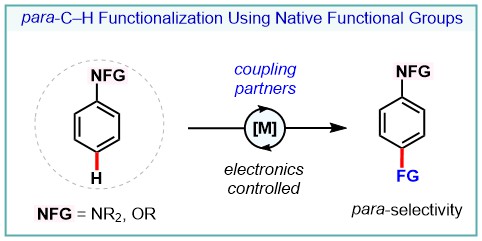



Prayogic Rasayan 2024, 8(3), 44-51
DOI: https://doi.org/10.53023/p.rasayan-20240928
Keywords: Functional Groups, Electronics-Controlled Approach, C-H Functionalization, para-Selectivity, TM Catalysis
Abstract

Prayogic Rasayan 2024, 8(3), 51 - 55
DOI: https://doi.org/10.53023/p.rasayan-20241005
Keywords: Total Synthesis, Natural Products, Biosynthesis, Indole-based Terpenoids, Retrosynthesis
Abstract

Prayogic Rasayan 2024, 8(3), 56 - 66
DOI: https://doi.org/10.53023/p.rasayan-20241205
Keywords: Triarylmethanes (TRAMs), Indolizine, Nitrogen-heterocycles, Cascade cyclization, Copper catalysis, Boronic acid, TM Catalysis
Abstract